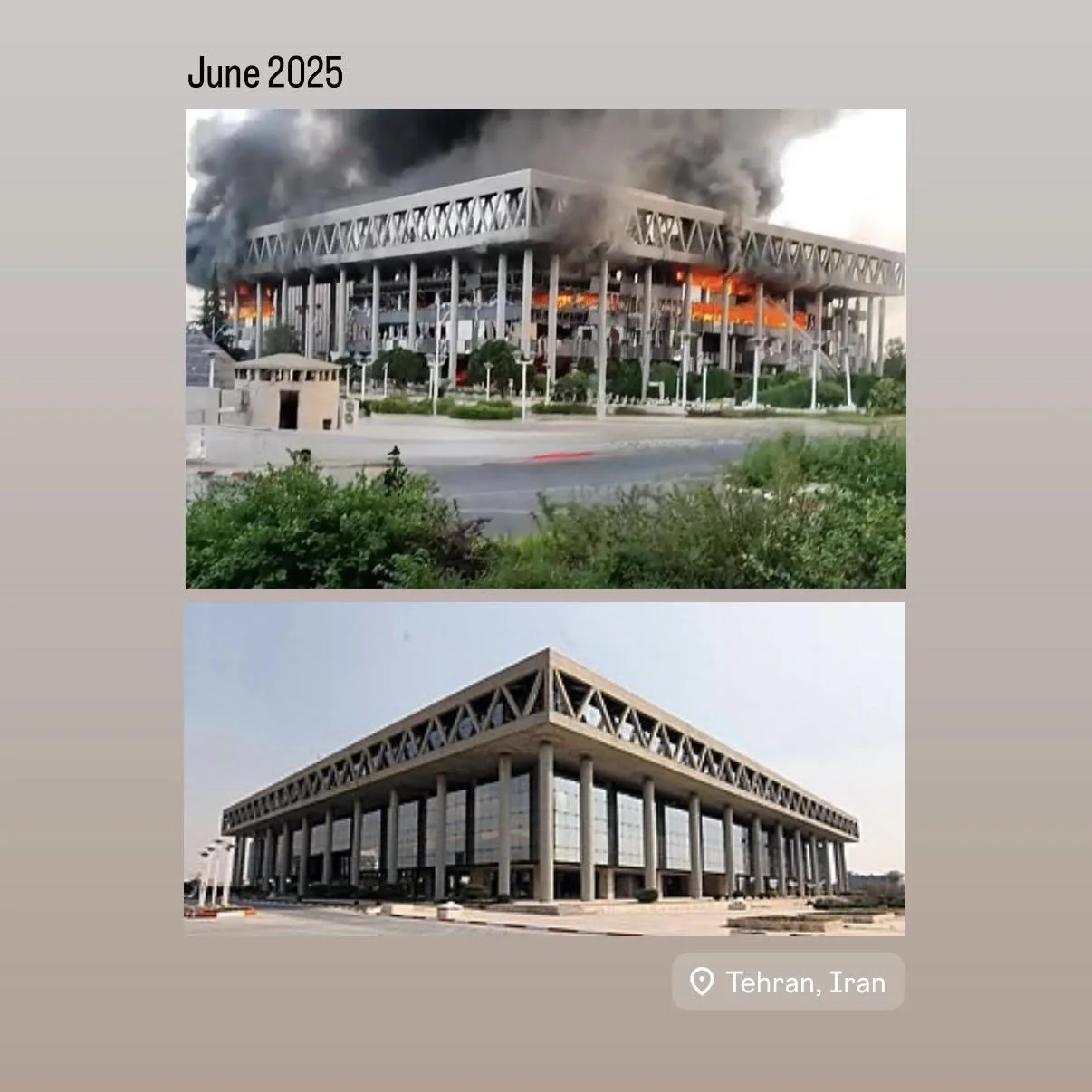Phased Research & Engagement: Cultural Restoration Through Living Digital Twins
Phase 1: Exploration & Mapping
Collaborate with community elders, linguists, and artisans to document endangered cultural practices, languages, and rituals.
Develop initial living digital twin prototypes—such as interactive story maps, craft archives, or ritual reenactments—that capture stories, crafts, and land-based knowledge.
Engage youth through workshops to co-identify priority heritage elements.
Engagement opportunities:
Fund community documentation projects and digital infrastructure setup.
Volunteer as cultural researchers, translators, or digital archivists.
Phase 2: Prototyping & Co-Design
Test interactive living digital twin platforms with community feedback loops.
Develop educational modules linking ancestral knowledge with regenerative futures.
Pilot bioregional economic models based on cultural heritage (e.g., craft cooperatives, cultural tourism).
Engagement opportunities:
Support technology development or educational content creation.
Partner with local schools or cultural centers to pilot programs.
Phase 3: Implementation & Scaling
Deploy living digital twins broadly with community ownership frameworks.
Expand intergenerational programs to strengthen cultural transmission.
Influence policy to integrate cultural digital preservation into national strategies.
Engagement opportunities:
Fund scaling initiatives and community training.
Assist in advocacy and policy engagement.
Phase 4: Monitoring & Evolution
Continuously update living digital twins with new contributions and feedback.
Monitor cultural vitality indicators—such as language use, ritual participation, and intergenerational knowledge transfer—to assess community wellbeing.
Foster knowledge exchange between communities nationally and internationally.
Engagement opportunities:
Join ongoing monitoring and evaluation efforts.
Help organize cultural exchange forums and knowledge networks.
